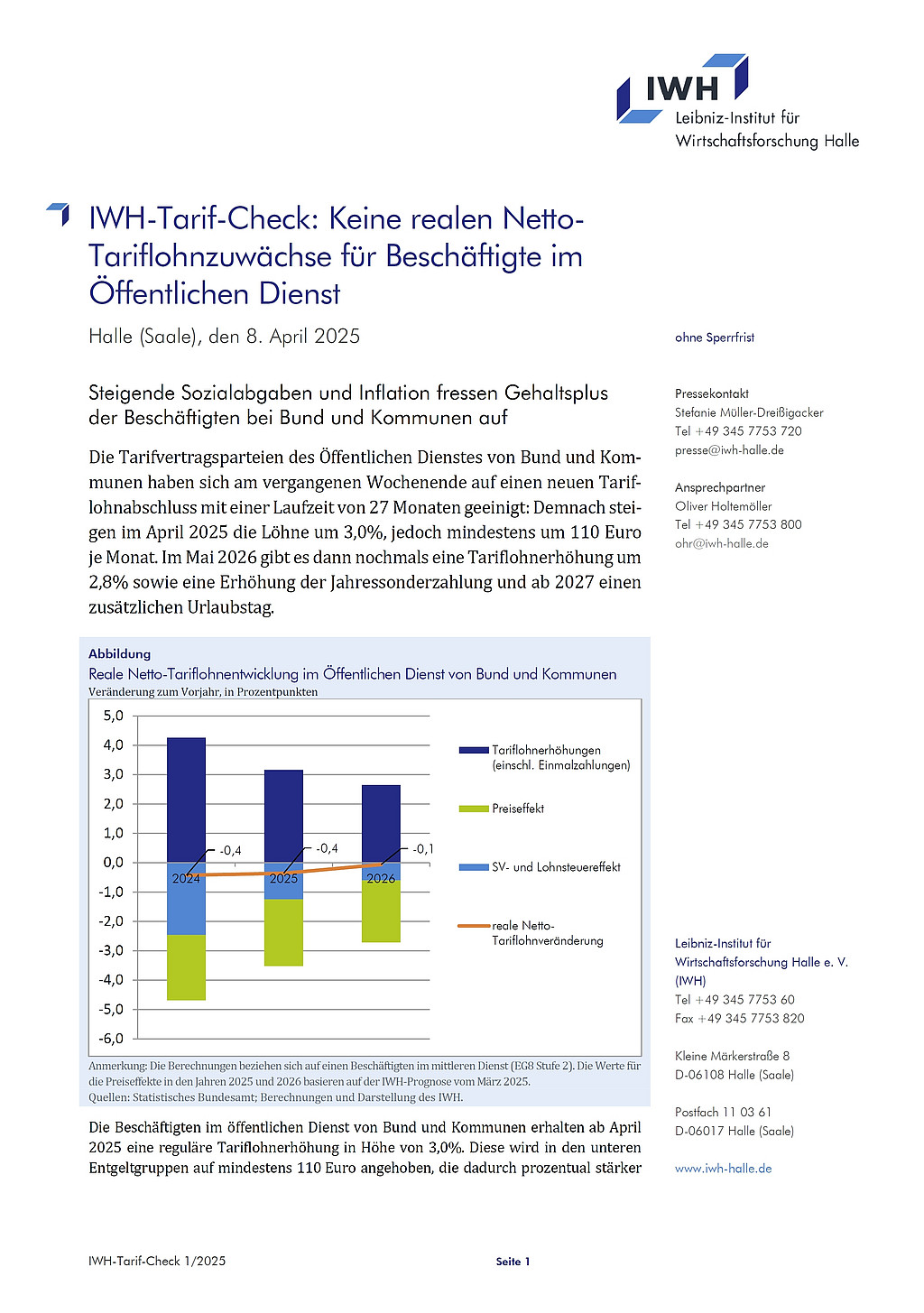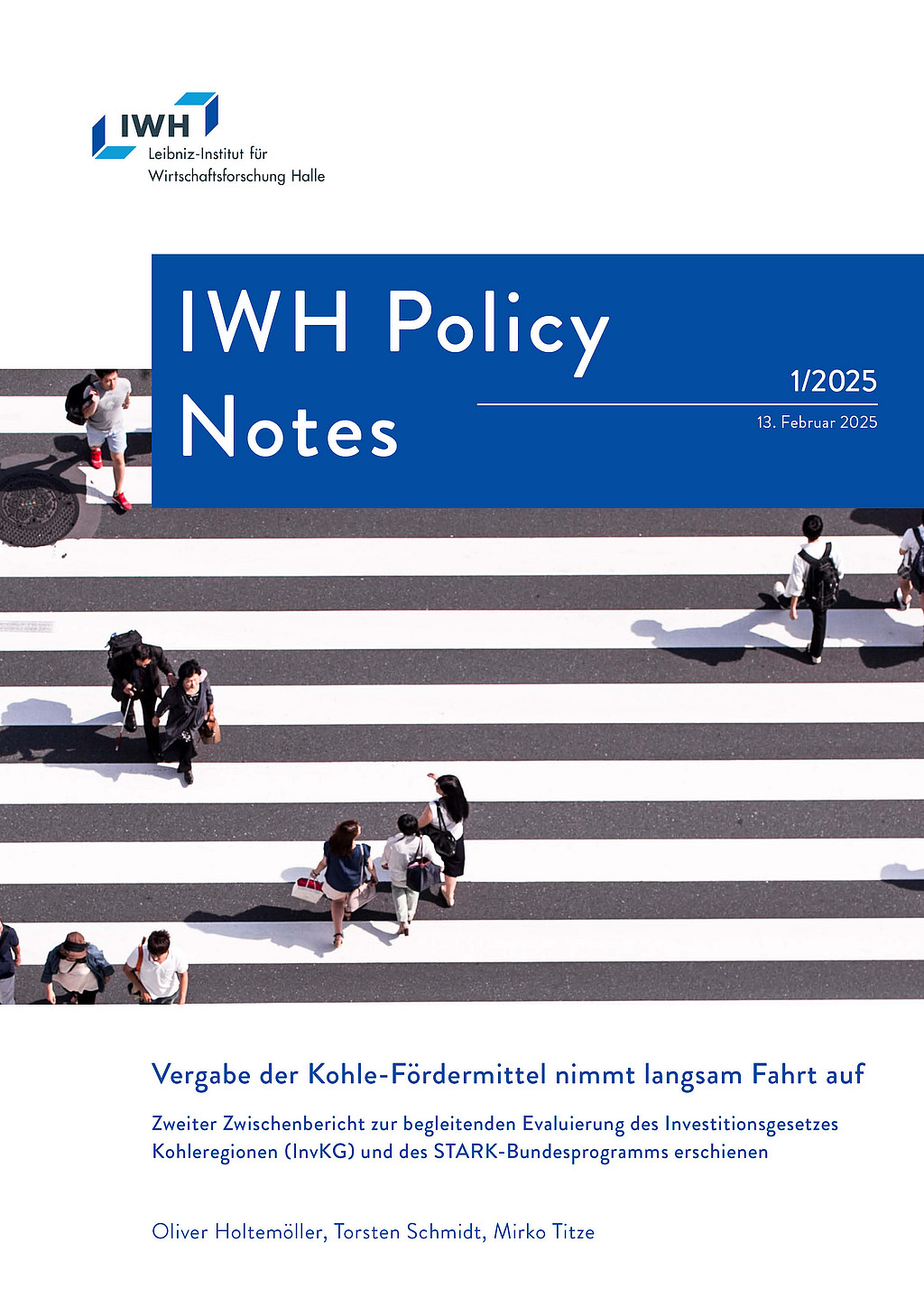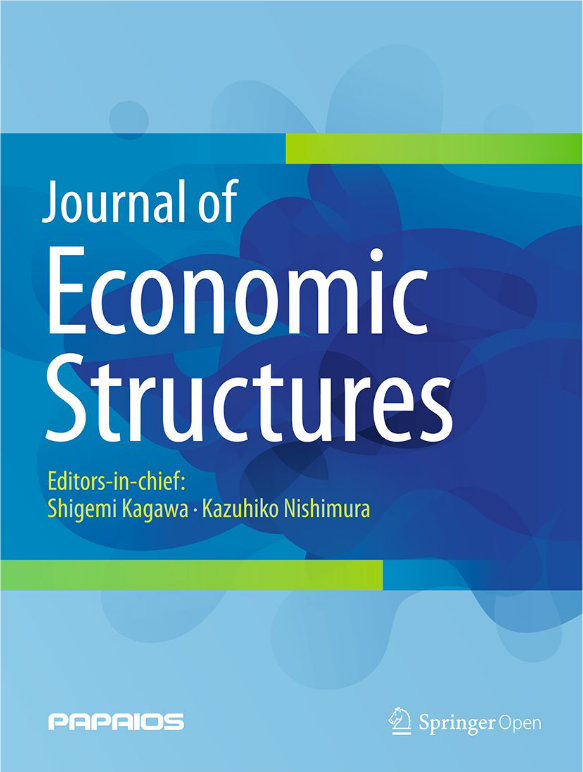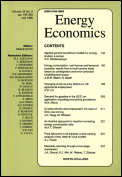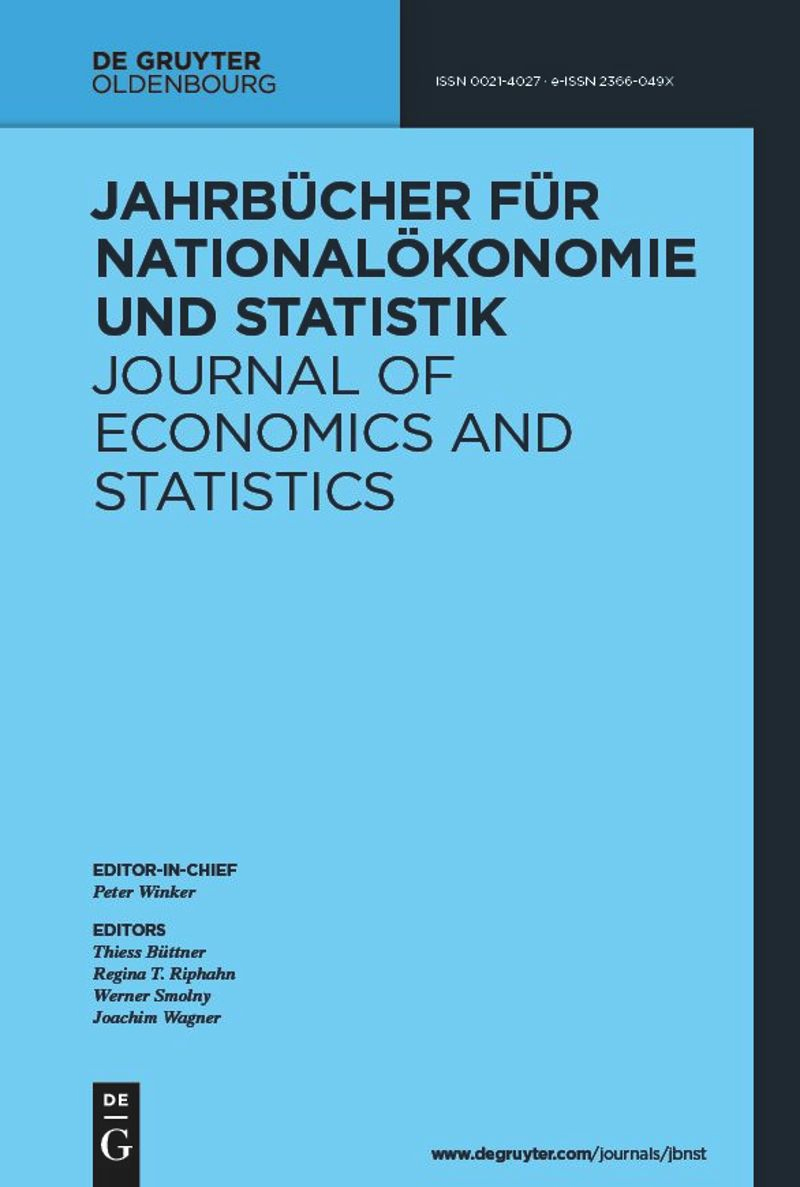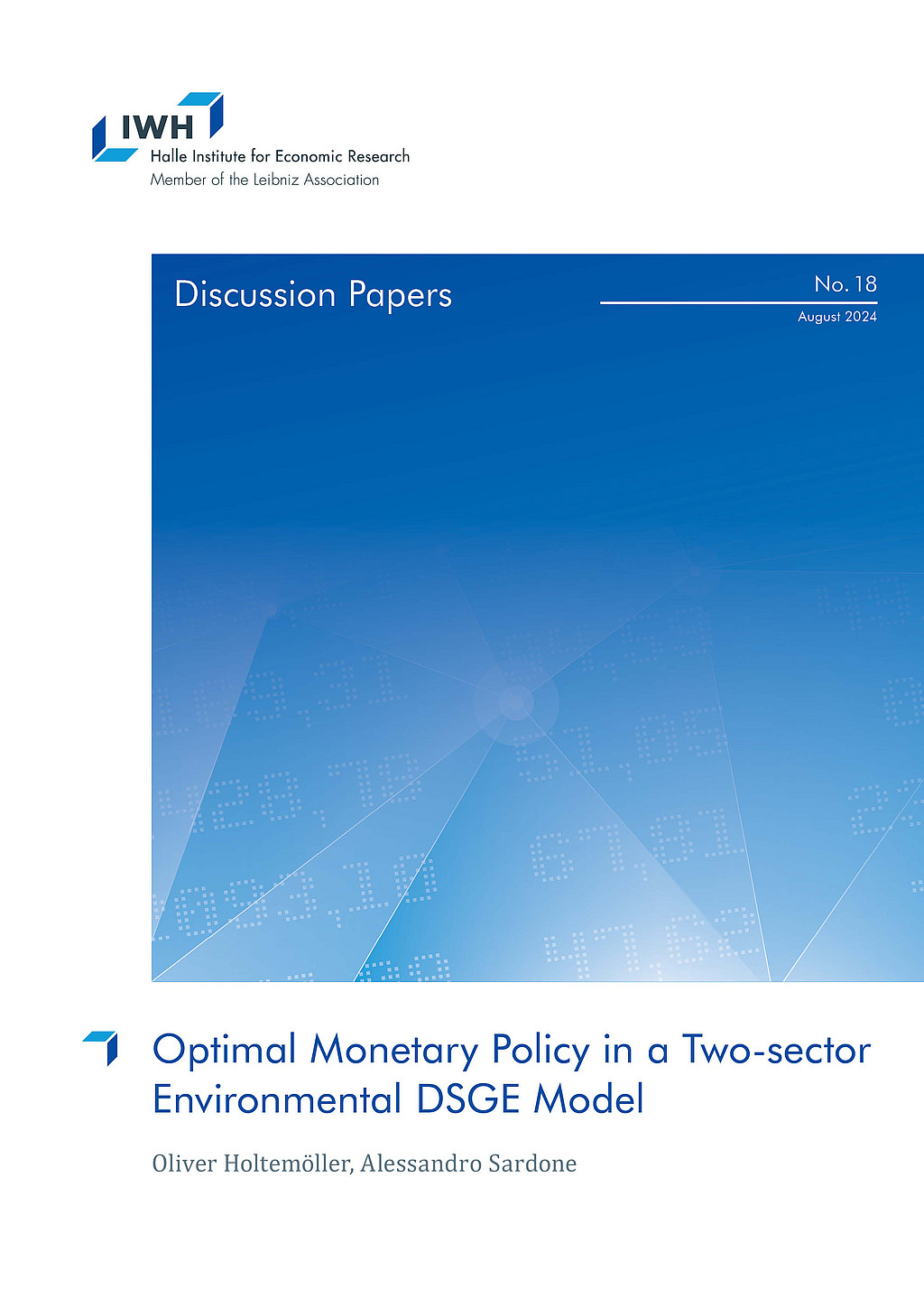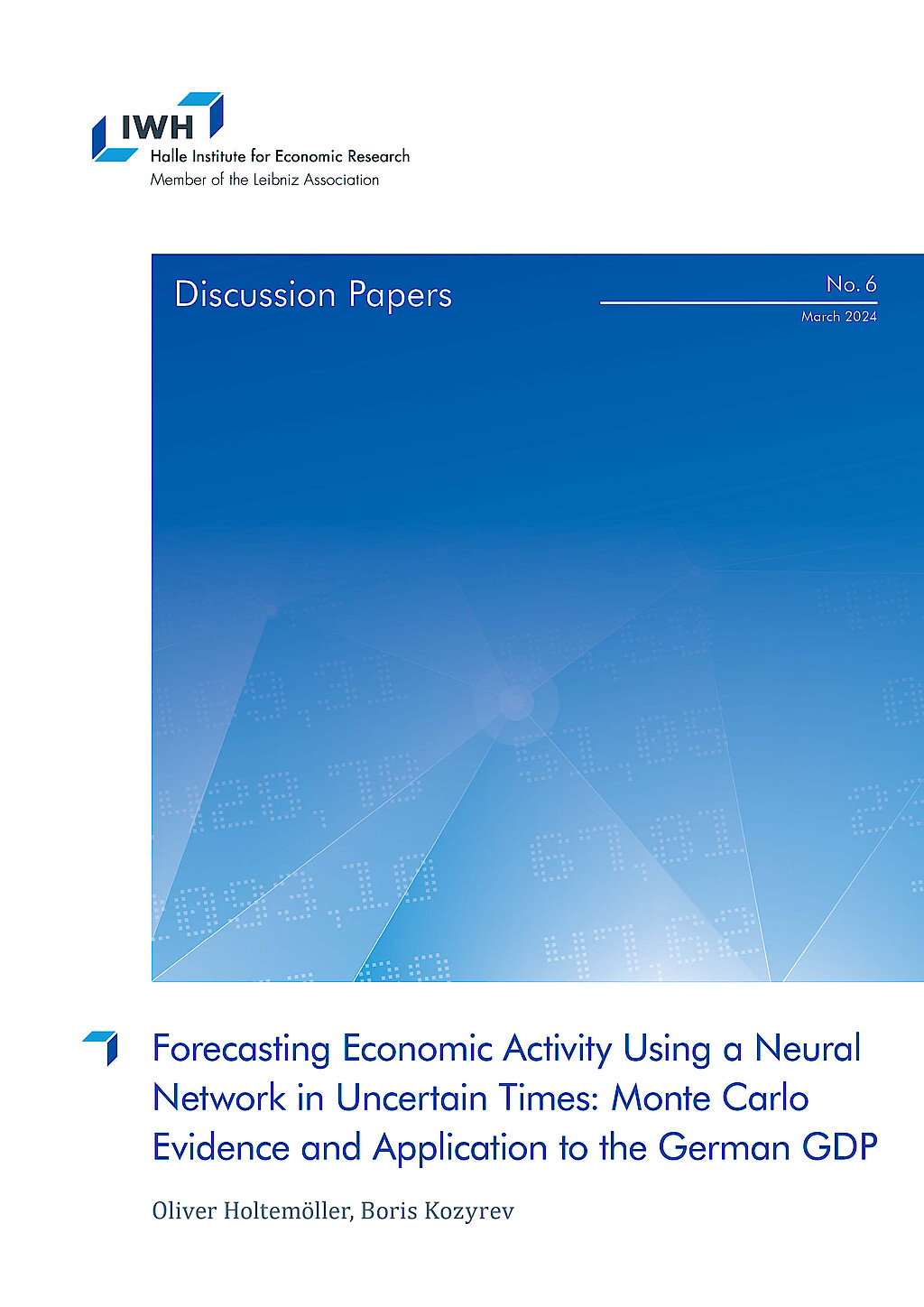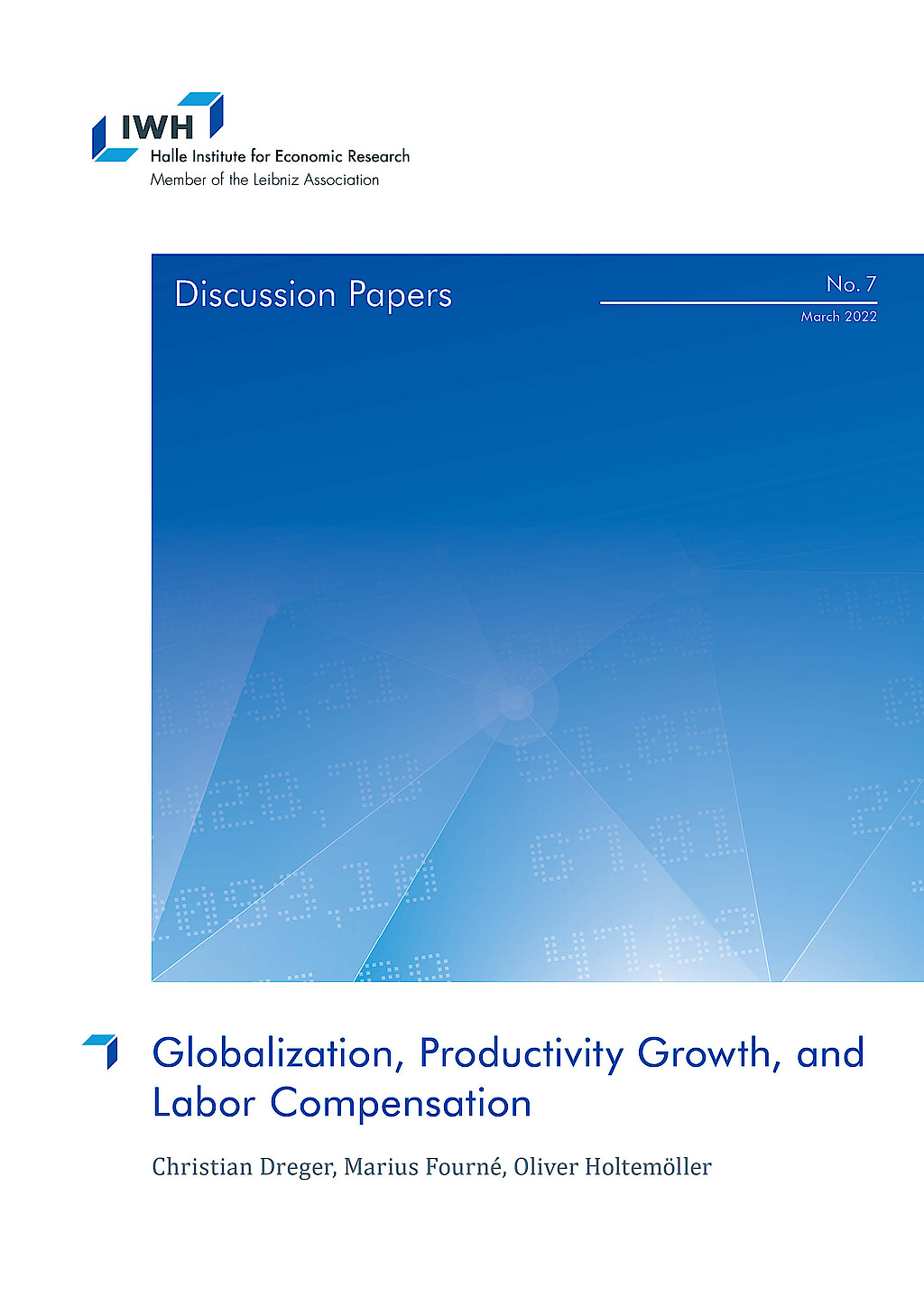Professor Dr. Oliver Holtemöller

Aktuelle Position
seit 3/14
Stellvertretender Präsident
Leibniz-Institut für Wirtschaftsforschung Halle (IWH)
seit 8/09
Leiter der Abteilung Makroökonomik
Leibniz-Institut für Wirtschaftsforschung Halle (IWH)
seit 8/09
Professor für Volkswirtschaftslehre
Martin-Luther-Universität Halle-Wittenberg
Forschungsschwerpunkte
- quantitative Makroökonomik, Konjunkturzyklen und Prognose
- angewandte Ökonometrie und Zeitreihenanalyse
- monetäre Ökonomik
- makroökonomische Politik
- ökologische Makroökonomie
Oliver Holtemöller ist stellvertretender Präsident des Instituts. Er ist Professor für Volkswirtschaftslehre, insbesondere Makroökonomik an der Martin-Luther-Universität Halle-Wittenberg und Leiter der Abteilung Makroökonomik am IWH.
Von 2001 bis 2003 war er wissenschaftlicher Mitarbeiter im Sonderforschungsbereich 373: Quantifizierung und Simulation Ökonomischer Prozesse an der Humboldt-Universität zu Berlin. Von 2003 bis 2009 war er Juniorprofessor für Allgemeine Volkswirtschaftslehre an der RWTH Aachen.
Er hat Volkswirtschaftslehre, Angewandte Mathematik und Praktische Informatik an der Justus-Liebig-Universität Gießen studiert. Anschließend war er von 1998 bis 2001 Stipendiat der Deutschen Forschungsgemeinschaft (DFG) und absolvierte das gemeinsame Graduiertenkolleg Angewandte Mikroökonomik der Freien Universität Berlin und der Humboldt-Universität zu Berlin. Die Promotion erfolgte 2001 an der Freien Universität zu Berlin (Dissertation: Vector Autoregressive Models and Monetary Policy Analysis).
Wissen ist die Voraussetzung für wirtschaftlichen Wohlstand.


